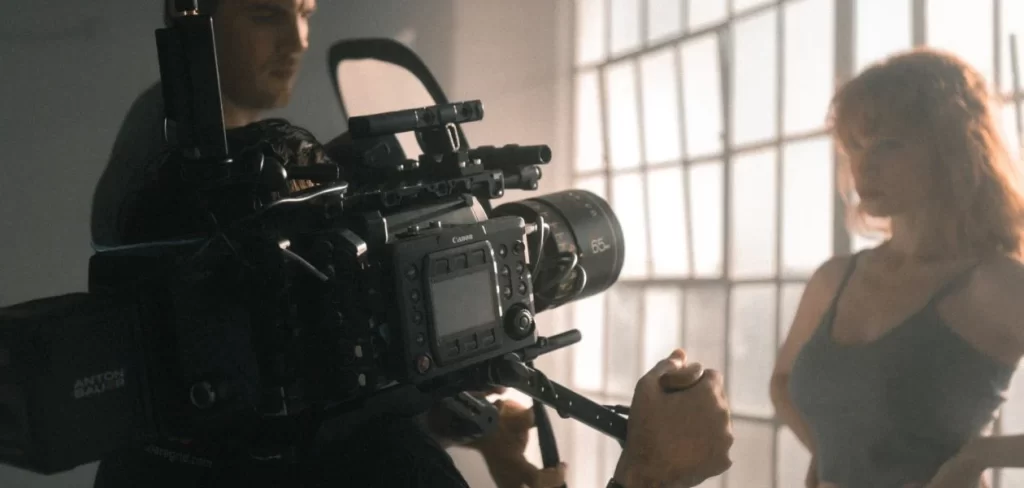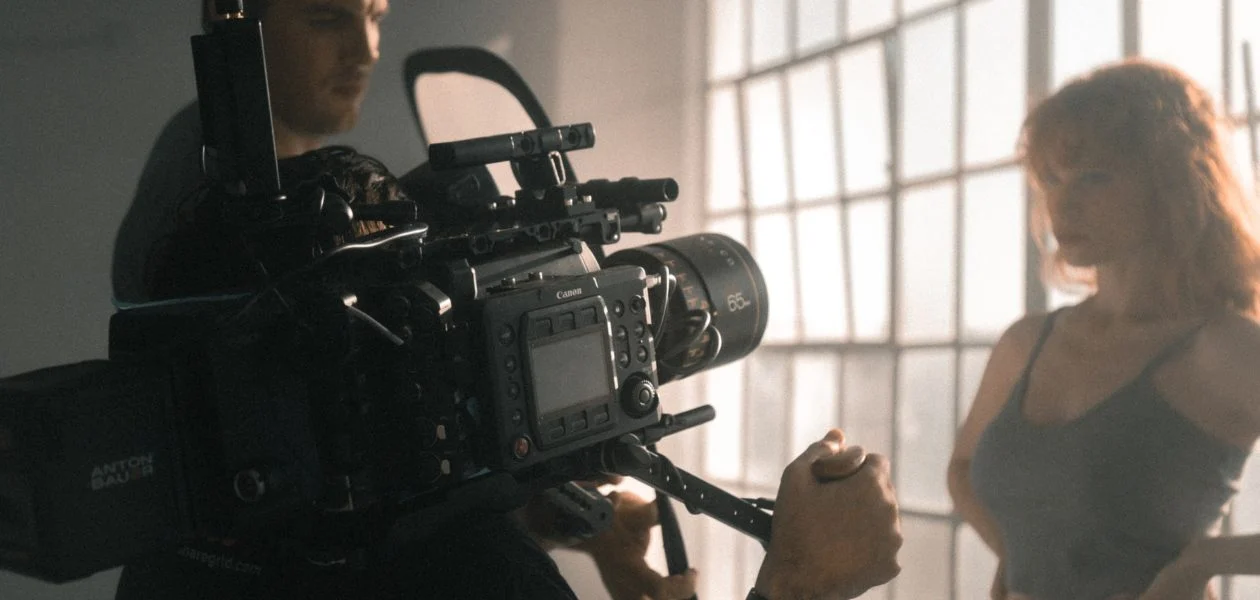
Introduction:
The relationship between directors and actors is a delicate dance, and when the steps are out of sync, it can lead to miscommunication, frustration, and an impact on the overall quality of the film. In this blog post, we’ll explore common areas where directors and actors may fail to be in sync and offer insights into how to bridge the gap for a more harmonious collaboration.
Misalignment in Vision:
- One of the fundamental challenges arises when the director and actors have differing visions for the project. Miscommunication or lack of clarity regarding the tone, style, or overall aesthetic of the film can lead to divergent interpretations. To address this, directors should ensure a comprehensive communication of their vision through visual references, discussions, and shared creative insights.
Inadequate Rehearsals:
- Rehearsals are a crucial phase for aligning the director’s expectations with the actors’ interpretations. Inadequate or rushed rehearsals may result in misunderstandings about character motivations, relationships, or emotional beats. Directors should prioritize sufficient rehearsal time and encourage an open dialogue during this phase to address any uncertainties.
Communication Style Differences:
- Directors and actors may fail to sync if there are differences in their communication styles. While some actors thrive on detailed direction, others prefer a more hands-off approach that allows for creative exploration. Finding a balance and adapting communication styles to suit the preferences of individual actors fosters a more productive working relationship.
Lack of Trust and Collaboration:
- Trust is a cornerstone of the director-actor relationship. When trust is lacking, collaboration suffers. Directors must actively cultivate a sense of trust by acknowledging the actors’ expertise, valuing their input, and fostering an atmosphere where creative collaboration is encouraged rather than stifled.
Unclear Character Motivations:
- Clarity on character motivations is pivotal for authentic performances. If actors are unclear about their characters’ motivations or objectives in a scene, the resulting performance may lack depth and conviction. Directors should provide detailed insights into characters’ emotional journeys, helping actors connect with their roles on a deeper level.
Resistance to Feedback:
- The director-actor relationship thrives on constructive feedback. If either party is resistant to feedback, it can hinder growth and collaboration. Directors should create an environment where actors feel comfortable receiving feedback and are empowered to contribute their ideas. Similarly, actors should be receptive to direction and willing to explore different approaches.
Limited Exploration of Alternatives:
- Sometimes, a lack of synchronization occurs when there is limited exploration of alternative interpretations. Directors and actors may get stuck in a singular approach without considering other possibilities. Encouraging experimentation and being open to trying different approaches can lead to discovering unexpected nuances in the performance.
Mismatched Expectations on Set:
- A breakdown in synchronization often occurs when expectations on set are mismatched. Directors may expect a certain level of preparation or understanding from actors, while actors may have different expectations regarding the director’s involvement. Establishing clear expectations and roles on set helps prevent misunderstandings and frustration.
Insufficient Character Development Discussion:
- Insufficient discussion about character development can result in actors feeling disconnected from their roles. Directors should engage in in-depth discussions about characters’ backstories, motivations, and arcs. This shared exploration ensures that both parties are on the same page regarding the emotional and psychological aspects of the characters.
Tensions During Filming:
- Tensions that arise during the filming process can disrupt synchronization. Tight schedules, unforeseen challenges, or external pressures may lead to stress on set. Directors should be mindful of managing stress and maintaining open communication to address any tensions promptly, ensuring a more collaborative and focused working environment.
Overlooking Actor Input:
- Directors who overlook or dismiss actor input risk missing out on valuable creative contributions. Actors bring unique perspectives to their characters, and directors should actively seek and value their insights. A collaborative approach that integrates actor input enriches the storytelling process.
Failure to Adapt to Actor Preferences:
- Every actor has a unique working style and preferences. Directors who fail to adapt to these individual differences may find themselves out of sync with their cast. Understanding and respecting the way each actor likes to work contributes to a more harmonious collaboration.
Conclusion:
The director-actor relationship is a dynamic interplay of creativity, communication, and collaboration. Identifying and addressing areas where synchronization may falter is crucial for fostering a positive and productive working relationship. By prioritizing clear communication, trust, collaboration, and flexibility, directors can bridge the gaps and create an environment where both directors and actors thrive, resulting in a film that resonates with authenticity and creativity.






